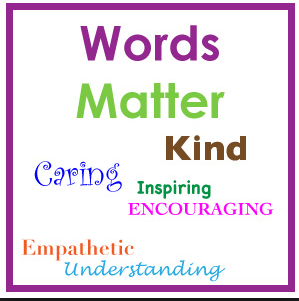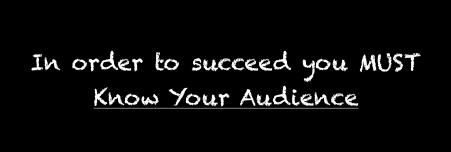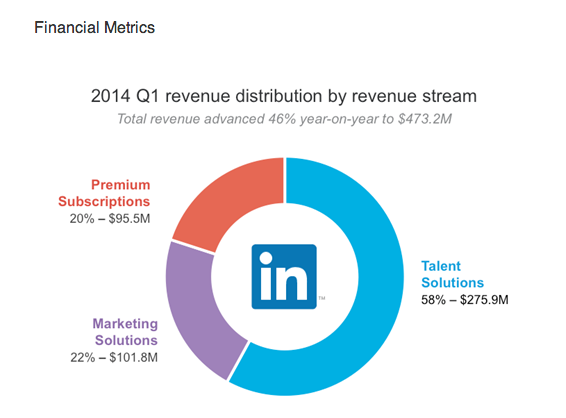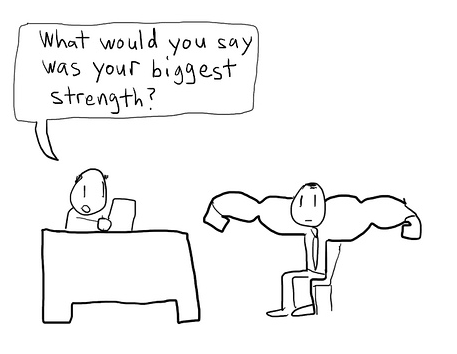Hundreds of Thousands of Good Paying Jobs! Are you in?
Does this headline seem like a sales pitch that is too good to be true? You might think so, but it is not. The fact is each day organizations – small, medium, large, for profit, not-for-profit, etc. are in need for cybersecurity professionals. As October is cybersecurity awareness month, I wanted to highlight the opportunities that lay before us in both the short-term and long-term.
Putting Things into Perspective
To do so, let’s take a step back and look around your environment.
- If you are at home, you likely have a multitude of devices that are connected to the internet – TVs, computers/tablets, watches, refrigerators, vacuum cleaners, washers and dryers, your home security system and now even lawnmowers and so much more.
- If you are in the workplace, you are surrounded by even more connected devices – computers, projectors, printers, Smart Monitors, Smart Boards, toasters, refrigerators, etc.
- And, if you are in neither place, there is still an excellent chance that you are connected whether it is via your car, an airplane, your pacemaker, your Fitbit, an aquarium thermometer in a restaurant or other public venue, security cameras collecting data about you…etc.
By now you get the picture.
Nearly every electronic device is either connected to the internet, or can be connected. From our entertainment, banking, shopping, weather checking, home security, communicating with friends and family on social media, nearly everything we do, is done online.
Being Connected Means More People are Needed
“The more we become connected, the more important it is to ensure that we are operating with security and privacy by design principles. Additionally, because we are operating online, we need more professionals who can protect our critical infrastructure – electricity, telecommunications, and our food and water supply!
In fact, it is estimated that by 2022, more than 1.8 million cybersecurity professionals will be needed globally. In Canada, ICTC estimates that we will need more than 100,000 cybersecurity professionals. As far as I can see, these numbers will continue to climb. This presents a significant opportunity for not only our youth, but also people who are under employed or those looking to be reskilled and/or upskilled.
Fostering the Talent Pipeline – Focused on Results
My focus is just that: Cybersecurity Skills and Workforce Development – developing a talent pipeline for our short-term, mid-term and long-term needs. It’s an exciting time to be collaborating with industry, academia and government and I must say that our ecosystem is both vibrant and engaged. We are working together to achieve results. When everyone is rowing in the same direction and communicating together, great results happen.
In just two short years we have had significant gains:
- First and foremost, it is the collaborative nature that has developed here in New Brunswick. When you have competitors working side by side to make things happen, you know something special is occurring.
- In our Youth Development strategy, we have worked with our education partners to have curricula changes and gains from grades six through 12. Additionally, we have become the national leader in the CyberTitan Program. Three years ago, we had seven teams. Last year we had 48 teams that represented 54% of the teams nationally. This year? Well, this year we knocked it out of the park with 126 teams of the 196 teams nationally. We also have 60 of the 65 middle school teams. This my friends is our future talent pipeline!
- In our mid-term strategy, we have worked with all of our post-secondary institutions to not only add new program offerings for cybersecurity, but the offerings are compliant with the NICE Framework. This is significant in and of itself as we continue to expand our circle of collaboration with the United States, Australia and the United Kingdom.
- Finally, in our short-term strategy, our private-sector partners have created new professional development opportunities for their own resources as well as training opportunities for those in our ecosystem and abroad. Again, these offerings are all compliant with NICE.
Of course, this is a high-level view of many activities that are taking place to grow out talent pipeline and I would be remiss if I didn’t mention that focusing only on coding is only part of the solution. The solution also includes a multidisciplinary approach as we need criminologist, sociologists, psychologists, teachers, lawyers, etc. After all, we are not a linear world and there are plenty of opportunities to go around. And as a University Professor, I can say that I get completely excited when I see my students see the vast opportunities that lay before them!
As someone working in the ecosystem, being a part of something with real collaboration and with real results, is rewarding!
Want to collaborate? Let’s connect.












